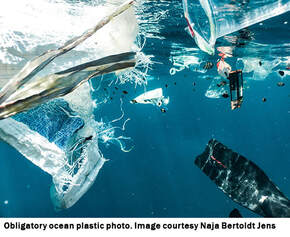
As part of a plastic reduction project in the food industry I then came across the term “Ocean-Bound Plastic.” My skeptic alarm bells went off when I read the fine print that the plastic wasn’t coming from the ocean, it was coming from communities within “X” miles of the ocean. “Liars!” I thought. But as I’ve dug into it further, like many topics there is a spectrum from outright B.S.-filled greenwashing to genuine efforts to clean up the oceans, build incentives for recycling infrastructure and employ citizens of developing countries.
The reality hinges around one unfortunate truth: that the vast majority of plastic collected from the ocean or beaches is too dirty with sand, seaweed and algae, or has already started breaking down too far, to be reliably recycled into new products. For materials to be recycled in a circular system they need to be sorted into their purest form. For recycled plastic thread for that puffy jacket to be competitive with virgin plastic thread from a quality standpoint, it needs to have the fewest impurities possible.
So what’s the difference between “ocean plastic” and “ocean-bound plastic?” In my opinion, it’s the wish of what we hope could happen, and the reality of what can actually happen. In a recent article in Inside Outdoor Magazine, the Swedish children’s outdoor clothing brand Isbjörn lays out how they are including PrimaLoft insulation in their collections next year. It is 100% recycled, with 60% coming from “Ocean Bound” plastic that has been certified by OceanCycle.
OceanCycle’s philosophy is that since plastic that ends up in the ocean comes from the land, collecting the plastic before it gets to the ocean in the first place is an effective strategy. The unfortunate reality is also that many developing countries don’t have the waste collection and recycling infrastructure to be able to handle the massive amounts of plastic waste being generated. What they do is pay people to collect plastic waste from areas within 30 miles of the coast, that lacks formal waste management, and is overwhelmed by tourism.
What this does then, is it creates a financial incentive for those communities to collect and process their waste, and put it back into the market to be turned into new goods instead of ending up in the ocean. Waste can either be an expense or a source of revenue, depending on the situation. I see this as a good, market-based example of social capitalism in action.
End result? It depends. Read the details. Do the research. If it sounds too good to be true it probably is. There are plenty of brands out there with flashy images of clean oceans touting “made with ocean plastic,” but when you do further you see that it’s a tiny percentage of what it’s made of. This is a complex topic and I’ve only touched the surface here, but this is my hot take and I welcome more information and a variety of viewpoints.

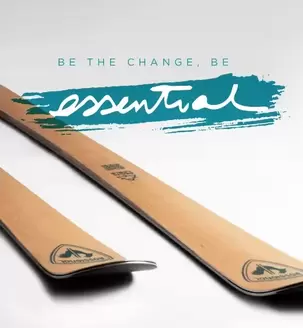
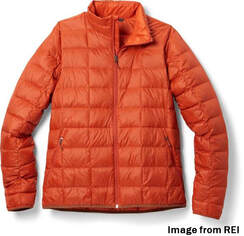

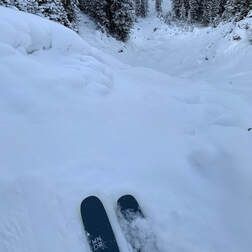
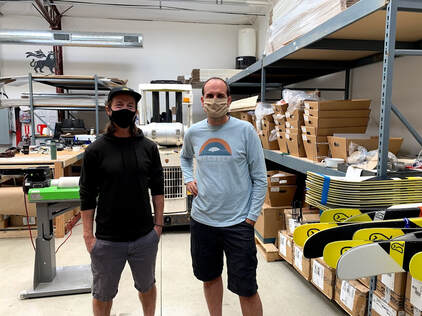
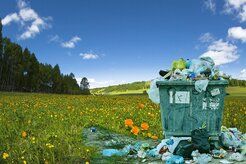

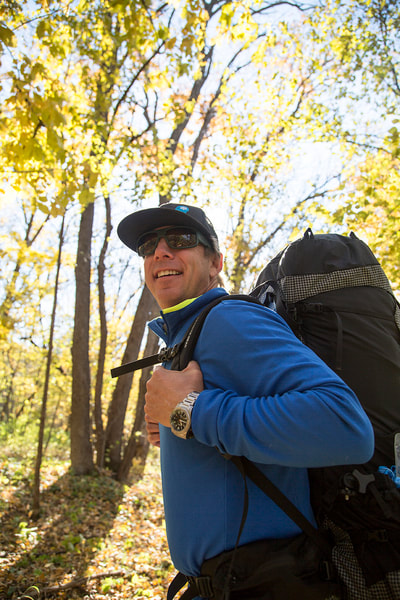
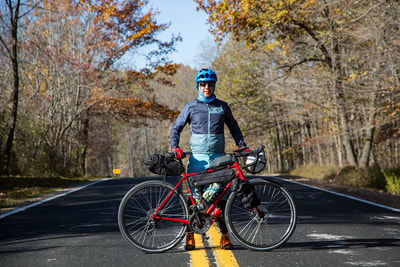
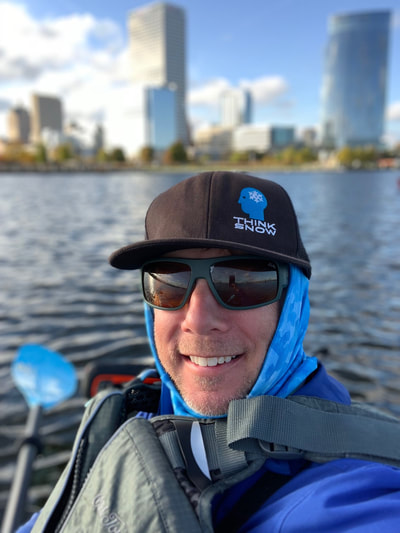

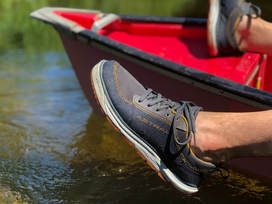
 RSS Feed
RSS Feed